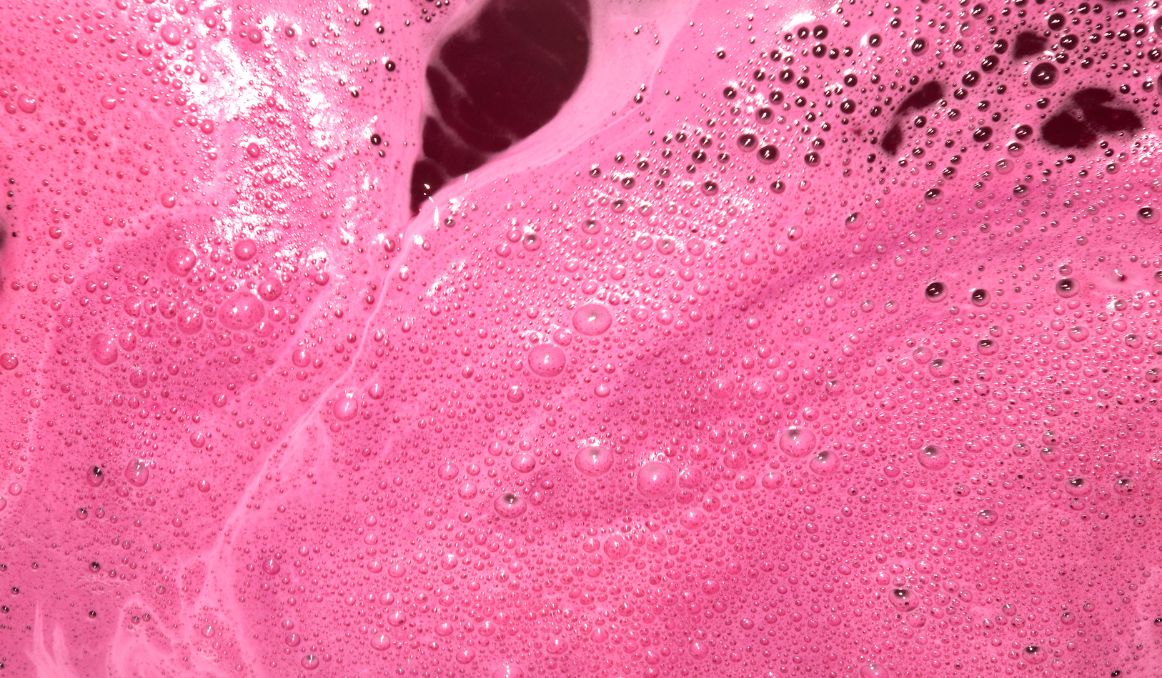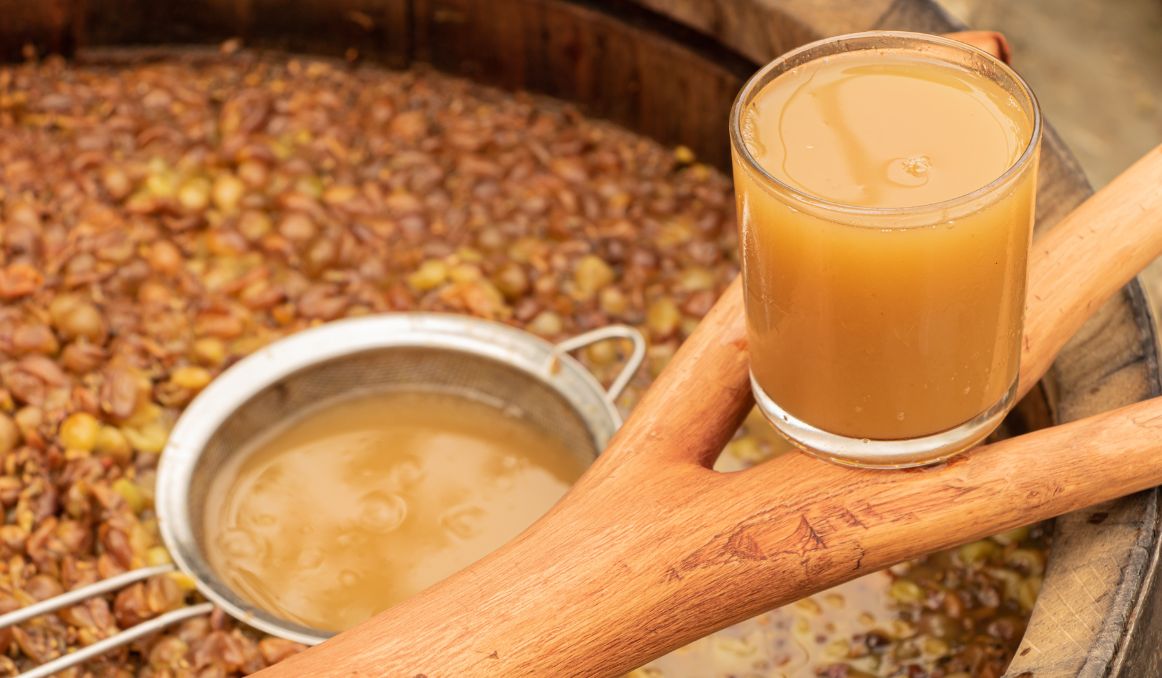Can You Make Wine with Active Dry Yeast?
The short answer is yes, of course you can make wine with active dry yeast.
The longer answer is well… it depends.
It depends on the wine you hope to make, it depends on the yeast you are using, and it depends on how you use that yeast.
Let’s discuss.
Yeast in Wine

It is important for all wine makers to remember that there was a time when wine was a simple, even accidental process that was hailed as a miracle.
It was, and indeed for many people still is, the nectar of the gods.
Some anthropologists even think that wine was a beverage inherited by us from our apelike ancestors.
After all, monkeys in the wild make their own wine and by all accounts have been doing so for hundreds of thousands of years.
It’s true.
Monkeys have been found in the wild allowing fruit to ferment before eating it.
Or tapping palm trees for the sap and then allowing that sap to sit and ferment before engaging in drunken weekends.
Yep.
Drunken monkeys end up fighting over the last dregs of palm wine before passing out drunk for hours.
It is not a stretch to imagine that we have been making some version of wine since before we were even human.
And all thanks to the seemingly miraculous powers of yeast.
Yeast, a single celled living organism has been around for at least as long as any type of sugar has been around, as it needs sugar to thrive.
Indeed, that is the only job of this life form – to find sugar and convert it to alcohol and carbon dioxide.
Thus, while beer takes some extra labor, including roasting grain, grinding it, and boiling it in water, wine is a simple act of nature, really.
You simply crush the grapes and then let them sit out for several days in warm temperatures.
Let nature take its course.
Yeast is present virtually everywhere, on all surfaces, in the air, even in our bodies, just waiting for opportunities to ferment.
So when crushed grapes are left out, yeast gets right to work bubbling and fizzing, converting those sugars in the fruit to alcohol.
After about a week or two, grape harvesters had wine.
And in the beginning, they called it a miracle.
Industrialization and Disconnection
Then, in the 1800s, two things happened, the world industrialized, and Louis Pasteur, a French scientist, pinpointed yeast, what it was and what it did in terms of fermentation.
Of course, corporations took hold of this opportunity to capitalize on a natural phenomenon and grow businesses.
They collected and harvested yeast and sold it to brewers and vintners, as well as bakers, for a tidy profit.
Think about it.
A naturally occurring process, fermentation, is now a commodity sold on the free market.
And many brewers, winemakers, and bakers, have indeed though about it and returned to their “wild” roots.
With an inflation economy and constant supply chain interruptions, it makes so much sense simply to reclaim the natural process.
Crush the grapes, roast and steep the grain, knead the dough, and then allow whatever native yeasts are present in the atmosphere to get to work.
Of course, maybe you want a bit more control.
You can, after all, do what the large yeast companies do and harvest your own yeast, building banks and experimenting with various strains.
Brewers down in Texas are well known for hunting down native yeast in the wild, collecting samples off of local plants and then integrating those yeasts into their brews for maximum authenticity.
There is no reason vintners could not do the same.
But I digress.
Now that industrialization has packaged yeast for us, how can we make it work for us?
Dry Active Yeast

Well, part of that packaging process also often includes drying out the yeast.
There is no real difference between wet, live yeast and dry active yeast except that dry yeast has undergone a chemical process known as dehydration.
In essence, it removes virtually all of the water from the yeast cells, making the yeast go dormant for a longer shelf life and easier shipping and handling.
Most yeast for wine, beer, and bread comes from the same basic strain, Saccharomyces cerevisiae, but there are hundreds of strains within that strain.
So while you can absolutely use dry active yeast for wine, in fact there is dry active yeast made specifically for wine, you likely want to steer clear of dry active yeast made for bread, or baker’s yeast.
You can of course still use bread yeast as all yeast performs the same function – converting sugar to alcohol – but your wine will likely have a much lower alcohol content than normal.
The yeast best suited for baking has a lower alcohol tolerance, so it will stop fermenting after alcohol levels reach about 8%.
The yeast typically used for wine can go as high as 20% before going dormant.
So your best bet is to use wine or brewer’s yeast.
Rehydration of Yeast
Further, if you use dry active yeast for your wine, you want to be sure to rehydrate it first.
You can, and many vintners do, simply sprinkle the dry active wine yeast on their must and wait for the magic to happen, but remember, this yeast has had all of its water removed, so it will not only take longer to activate in your wine, but your flavors may be a bit off because the water content in your must will be used to reactivate the yeast.
To rehydrate your dry active yeast before pitching, simply add the dry active yeast to a container of room temperature treated water, stir it gently, and wait for a couple of hours.
You should see visible bubbling and fizzing before the day is up.
By the next day, your yeast will be ready to pitch into your must and get right to fermenting.
Cheers!
Yeast activity monitoring is essential for optimizing the process of yeast harvesting and repitching! If you’re interested in finding out how you can use our technology to control fermentation and monitor your yeast, save work hours and improve the cost-efficiency of your business, drop us a line at [email protected] or check out the product pages:
Also, you can now get access to a fully functional demo account to test our Web App. Completely free of charge and with no commitment to purchase.
Sources:


